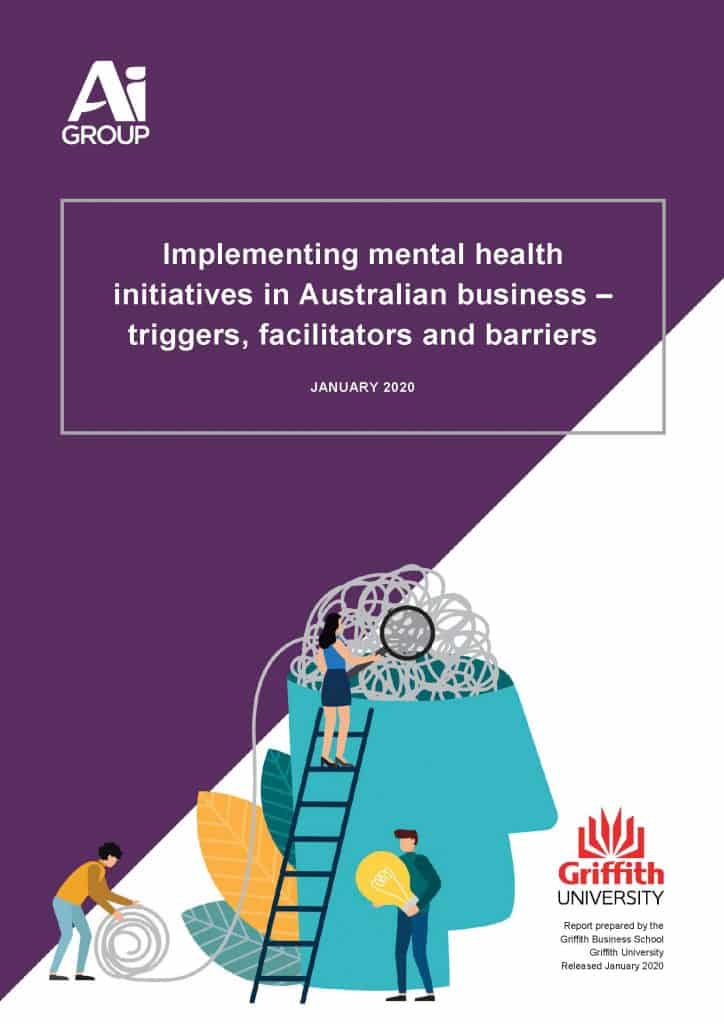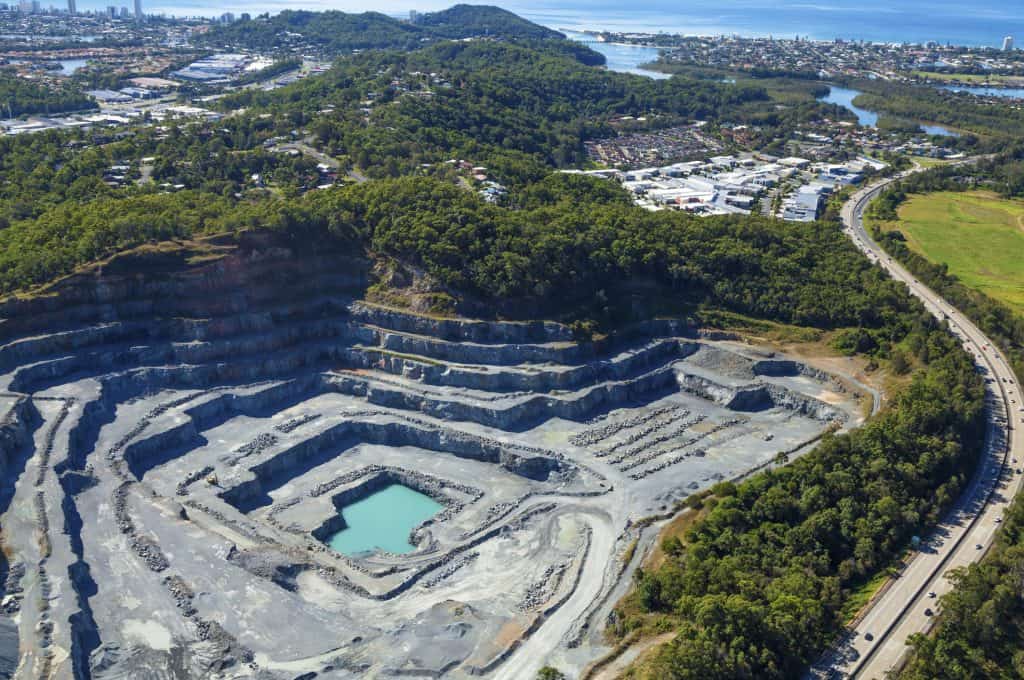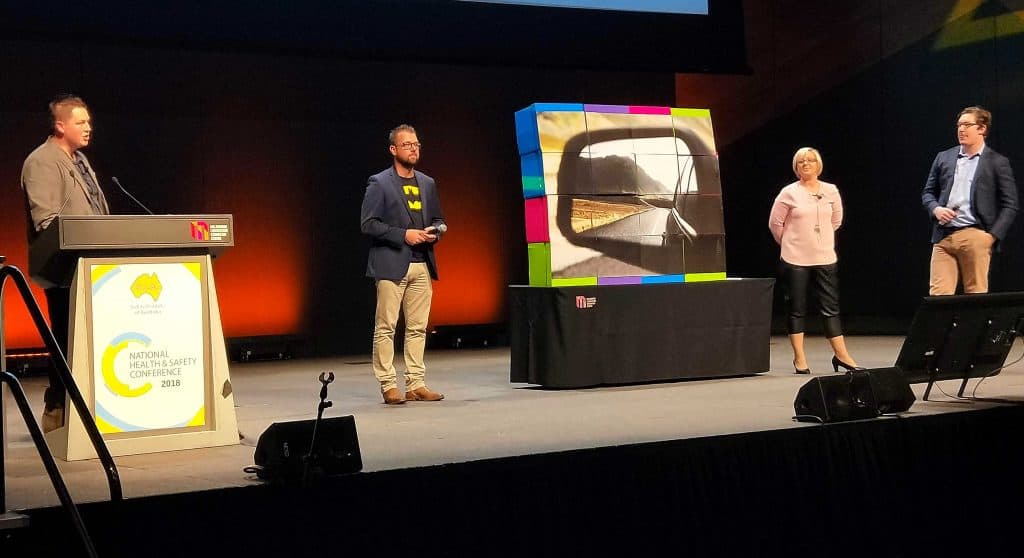
The prevention of psychological harm generated by sexual harassment has been a recurring theme in the SafetyAtWorkBlog. It is heartening to see similar discussions appearing in labour law research.
An article, published in the Australian Journal of Labour Law, called “Preventing Sexual Harassment in Work: Exploring the Promise of Work Health and Safety Laws” written by Belinda Smith, Melanie Schleiger and Liam Elphick strengthens the role that occupational health and safety (OHS) laws can play in preventing sexual harassment and its harm.





